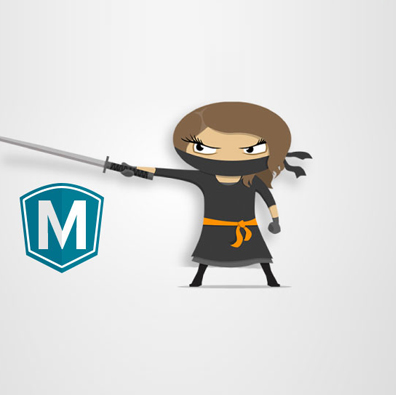What Meteor gives you for free
Meteor gives you a lot more out of the box. The client and the server communicate data
updates seamlessly and automatically, without you having to write any boilerplate data sync code
The MEAN stack is just MongoDB, Express, Angular and Node.js bundled together, but there's nothing seamless about it. You have to do all the wiring-up yourself between MongoDB and Node.js, between Express and Angular, create REST endpoints and consume them etc. - all this just to get a basic web app going, without any features that Meteor gives you for free: hot code reload, mobile development (web, Android and iOS apps from the same code base), reactive templates that update automatically when data on the server changes (try to write code for that manually and make it run correctly over intermittent network connections, and make sure it's secure), session management, packages that can install components both on the server and on the client (e.g. server-side autocomplete - you won't find this anywhere else; Twitter's Typeahead and the like are client-only solutions).
With the MEAN stack, when you make a REST request for a table/collection, you're essentially saying "Send me the results of this query". With Meteor, you subscribe to the results of that query, and any newly created or modified documents that matched will be automatically sent to the client over a fast WebSocket connection.
Thanks to its isomorphic APIs (the same methods work on the client and the server, e.g. HTTP.call), Meteor makes it easier for one developer to build an entire full-stack app, or for a team to have a better understanding of the code base across the project. The MEAN stack adds to the separation between the server and the client due to different APIs being used.
